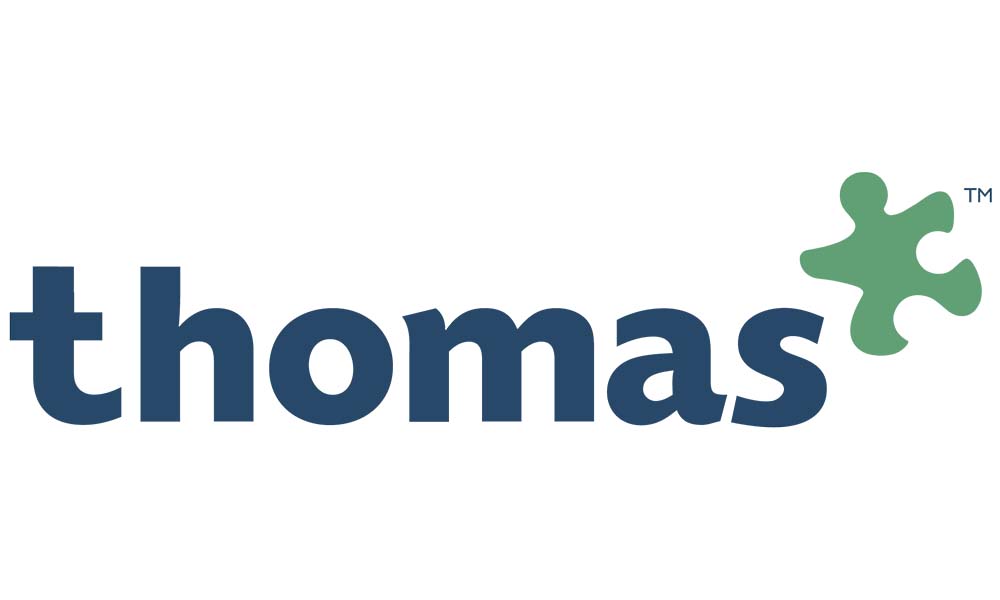The biblical events of the past year have culminated in roughly half of the world’s working population looking to change jobs, according to a survey by the software giant Microsoft.
The mass exodus places additional pressure on already strained recruitment processes. We surveyed 500 HR and talent leaders of different sized companies across different sectors, and learned that more than half of new hires aren’t working out in some capacity, according to the people who made the hire.
What’s Not Working?
Add to this the highest number of vacancies on record (at the time of writing there are over a million open positions in the UK), and the outlook for recruitment looks more dire still. So, what’s not working?
According to our research findings, there are three key reasons why successful hiring is so hard to achieve. This is what recruiters attribute their issues to:
a) poor fit between candidate and role
b) poor fit between candidate and culture
c) poor fit between candidate and line manager
Our research also shows that hiring managers know where the blockers are in the process, and broadly, how to address them.
We asked what steps HR leaders planned to take to take harness opportunities for team building and business reshaping during the COVID recovery period.
What Are the Key Priorities for Recruitment Over the Next 12 Months?
Just 1% of the people we surveyed thought that it’s not at all important to improve the quality of recruitment systems and processes. By contrast, 55% think it’s important, and 30% critical.
This points to an overriding need for evolution in hiring systems and in an overhaul in companies’ approach in recruitment. Hiring managers need faster, more accurate, hybrid processes that enable them to hire rapidly and successfully at scale.
With the estimated cost to businesses of staff turnover globally thanks to the pandemic is £16.9 billion (Personio), business leaders quite literally cannot afford for recruitment processes to fail.
It’s vital that organisations understand why vacancies are filled with the wrong people, and why the right people might not want to stay. Let’s return to the research to find out why.
System Failure
90% of the struggle in successful hiring comes down to culture and role. If we delve deeper into the research data, it reveals that a range of systematic issues are at the bottom of almost half of failed hires. The top five causes of bad hires are:
- Complicated, elongated recruitment processes (an issue for 31%)
- Poor candidate experience (31%)
- Inability to test culture or role fit (31%)
- Lack of transparency in decision-making (30%)
- Overreliance on gut instinct (29%)
All of these systematic problems undermine trust in recruitment. While remote hiring currently gets the blame for these problems, in reality this is a smokescreen obscuring some troubling, longstanding issues. But while the problems with recruitment may be deeply rooted, the solutions are comparatively clear.
Predictive Hiring Tools Can Help
The vast majority of respondents to our survey employ technological means and tactical approaches in response to these challenges.
Core components of any recruiters’ toolkit should be predictive hiring and psychometric testing, which prevent the culture and role clashes that lead to a lot of failed hires.
The use of psychometric testing in remote recruitment processes can also help to create objectivity and avoid the unconscious bias that afflicts so many businesses.
In the current labour shortage, recruiters must move quickly to redress systematic issues, or risk the trust gap swallowing them whole.
Partner
Since 1981, Thomas International has combined technology, psychology & data to translate people’s diverse characteristics into intuitive, easy to action solutions for recruitment, retention & development. Thomas helps over 11K companies around the world unleash the power of their people.







